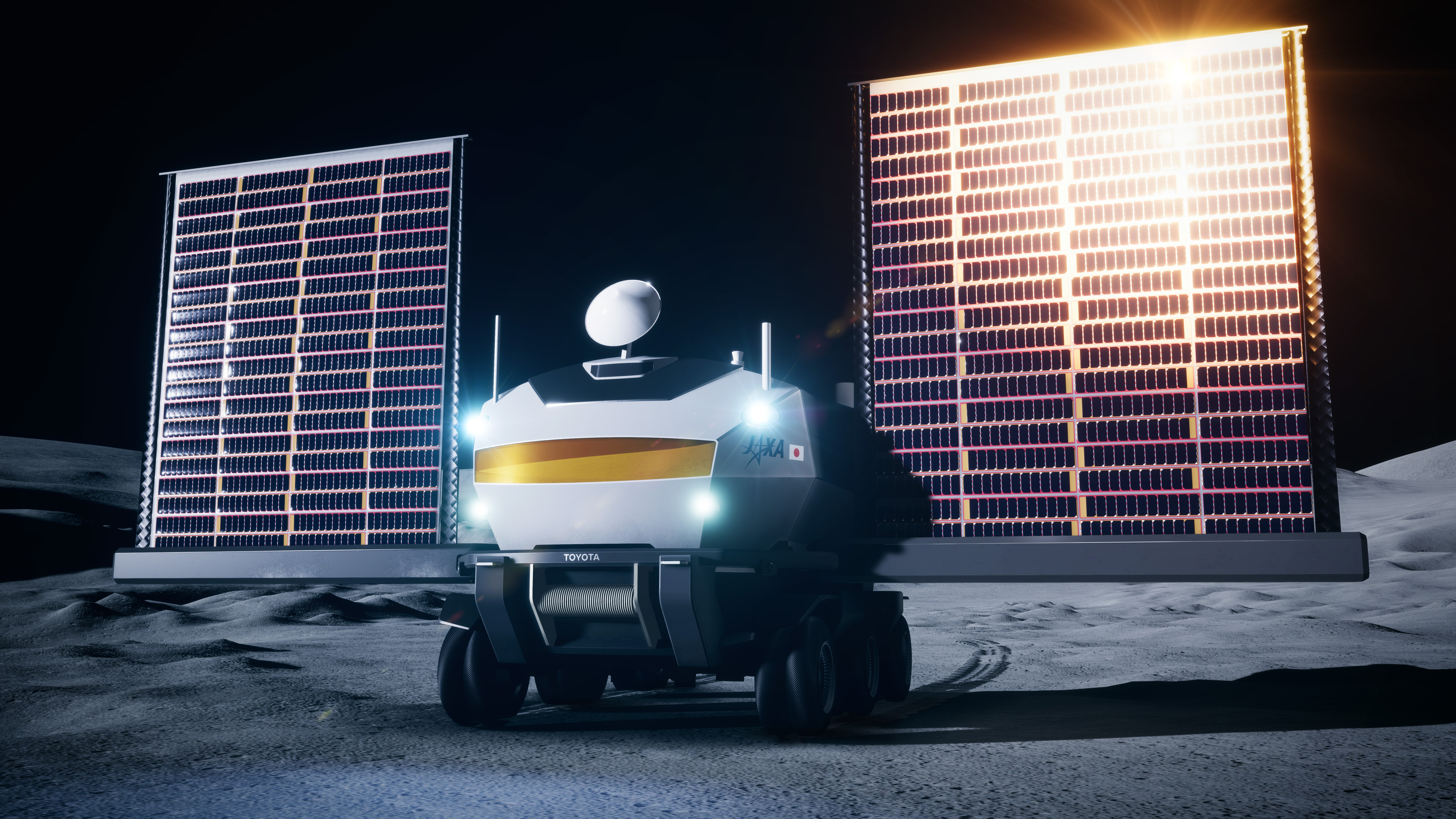This is not a new idea, and the current effort of concept development of a small, portable reactor for surface power predates Sean Duffy:
However, NASA did specify that the reactor should stay under six metric tons and be able to produce 40 kilowatts (kW) of electrical power, ensuring enough for demonstration purposes and additional power available for running lunar habitats, rovers, backup grids, or science experiments. In the U.S., 40 kW can, on average, provide electrical power for 33 households.
NASA also set a goal that the reactor should be capable of operating for a decade without human intervention, which is key to its success. Safety, especially concerning radiation dose and shielding, is another key driver for the design.
…
After Phase 2, the target date for delivering a reactor to the launch pad is in the early 2030s. On the Moon, the reactor will complete a one-year demonstration followed by nine operational years. If all goes well, the reactor design may be updated for potential use on Mars.
Beyond gearing up for Phase 2, NASA recently awarded Rolls Royce North American Technologies, Brayton Energy, and General Electric contracts to develop Brayton power converters.
Thermal power produced during nuclear fission must be converted to electricity before use. Brayton converters solve this by using differences in heat to rotate turbines within the converters. However, current Brayton converters waste a lot of heat, so NASA has challenged companies to make these engines more efficient.
Surface power production via nuclear fission is crucial for any long duration crewed outpost on the Moon because while most the surface is exposed to sunlight continuously for ~14 days, it is also in darkness for the same period, and the capacity for electric battery or other storage would be prohibitive from a weight and assembly standpoint. The same is true for outposts or settlements in the surface of Mars, because while it does have a day/night cycle just a few tens of minutes longer than Earth, it also has weeks-long dust storms (and about half the incident sunlight). Any crewed habitation at the orbit of Jupiter or further would certainly require nuclear fission (or fusion, when and if controlled fission ever becomes practicable) not only because of the reduced insolation at that distance but also for propulsion as chemical propellants just lack enough specific impulse to make a crewed journey possible in a reasonable amount of time.
Whether you think a human presence on the Moon (or Mars, or in interplanetary space) is necessary or even plausible with extrapolation of current technologies is another question entirely. But if you do, nuclear power (or other non-chemical and non-solar source)is the only way to sustain it.
Stranger
